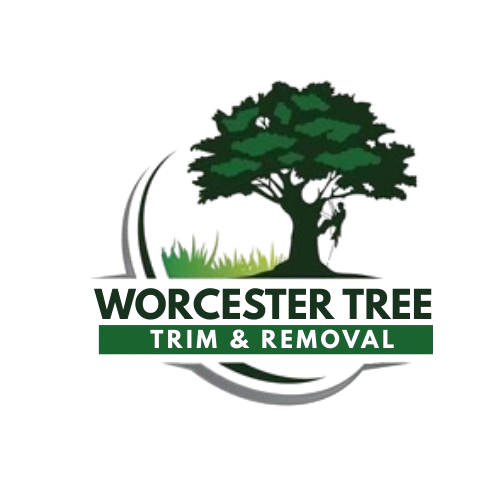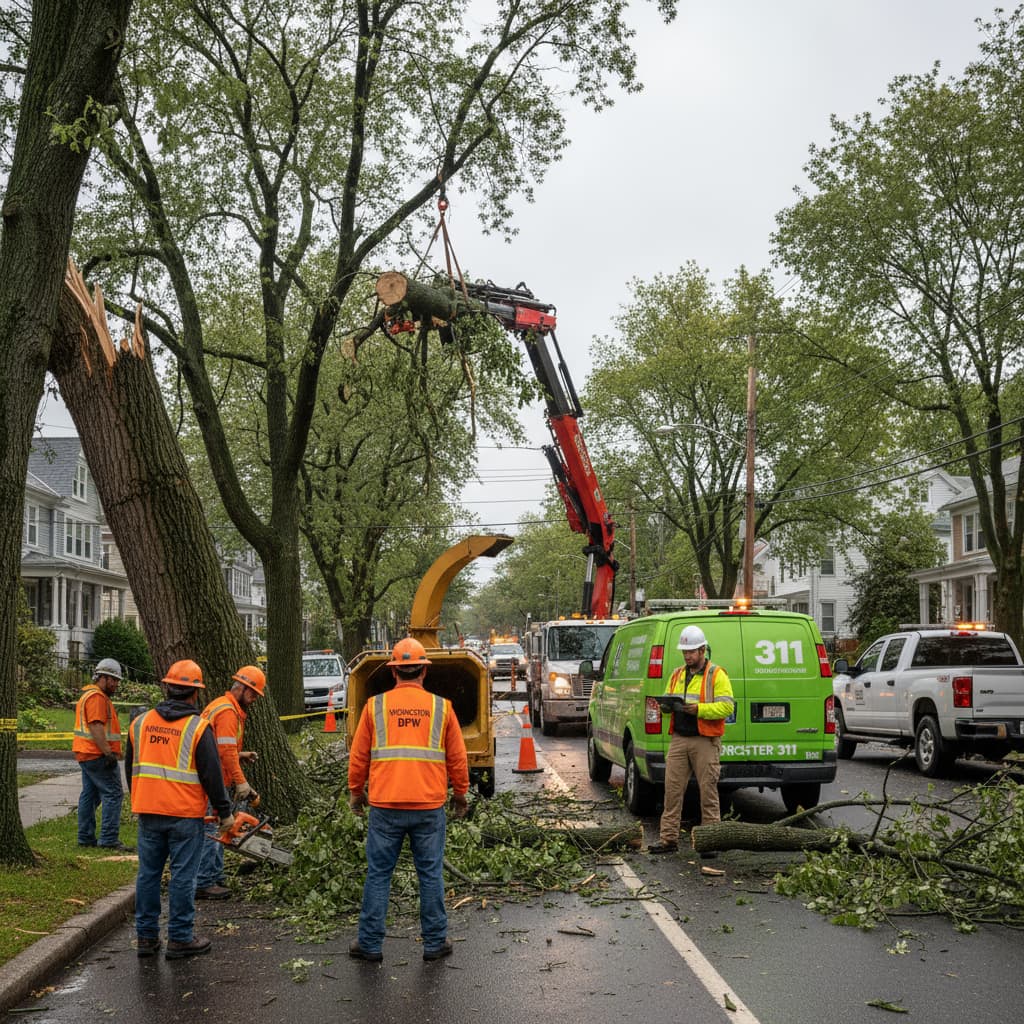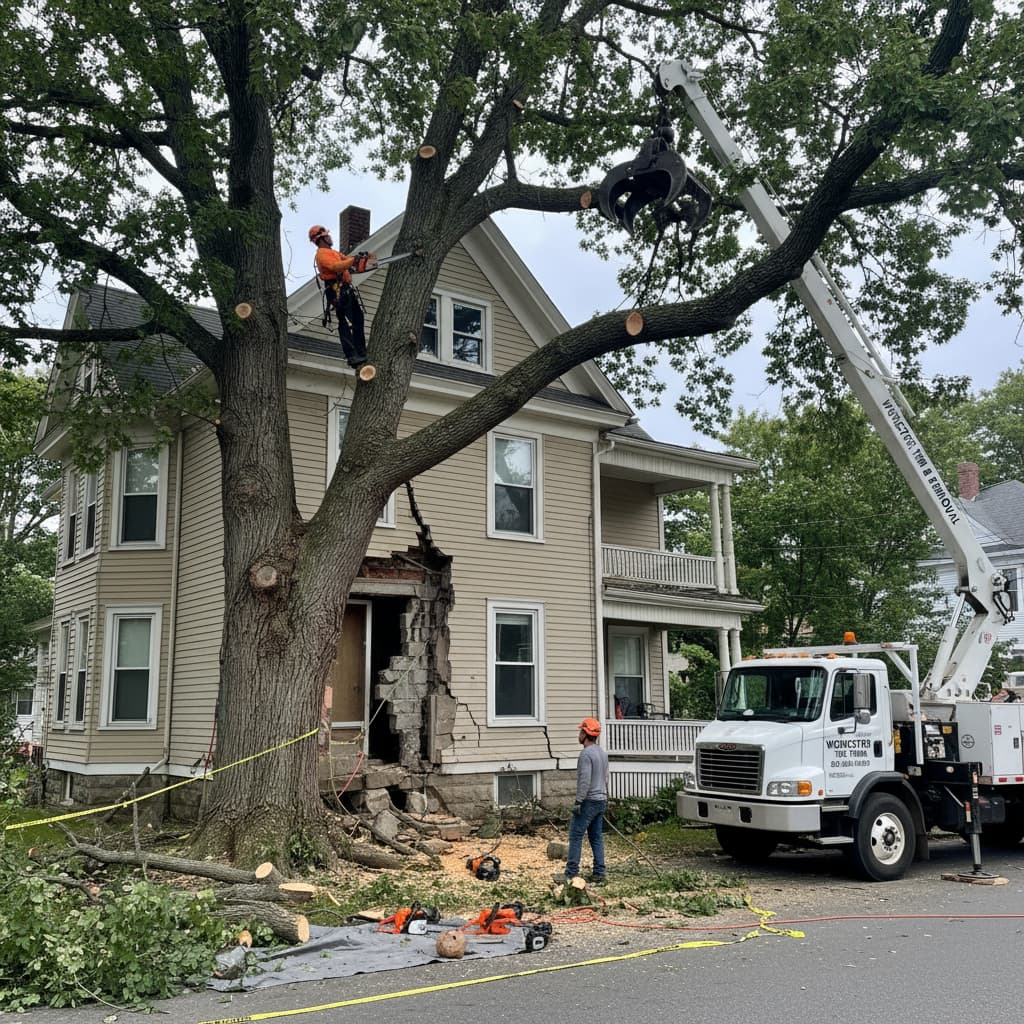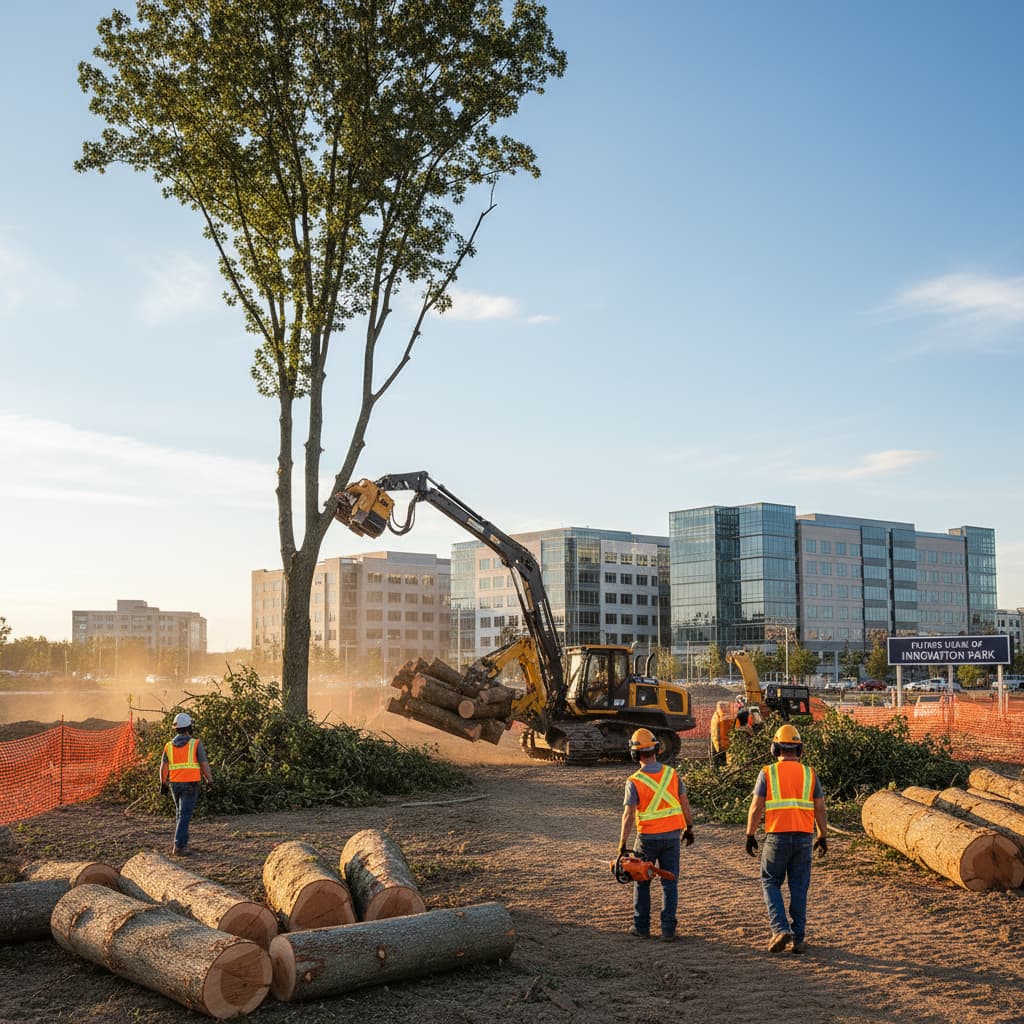
Worcester Emergency Tree Service: How to Handle Insurance
Emergency Tree Service Worcester
When severe weather strikes Worcester County, fallen trees and damaged branches can create immediate dangers requiring emergency tree service response. From nor’easters battering properties near College of the Holy Cross to ice storms affecting trees throughout Green Hill Park, understanding how to coordinate emergency tree removal with insurance coverage protects both property and financial interests for Central Massachusetts homeowners.
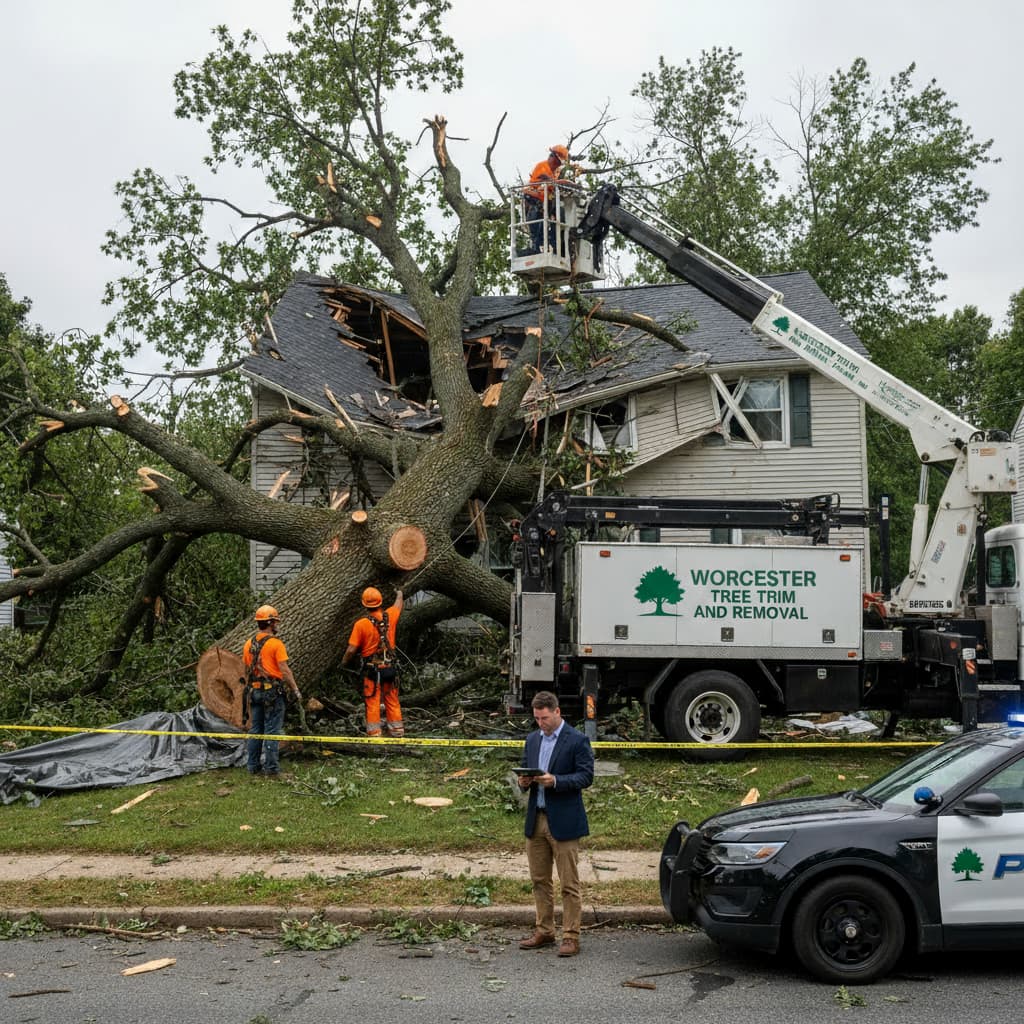
Immediate Safety Response and Documentation
The moments following tree damage determine both safety outcomes and insurance claim success. Proper initial response sets the foundation for effective emergency tree service coordination and optimal insurance settlements.
Priority Safety Measures
Before considering insurance implications, ensure immediate safety for family members and neighbors. Evacuate areas near damaged trees, especially if structural damage to homes or utility line contact has occurred. Never attempt to move fallen trees or branches yourself, particularly those touching power lines or supporting damaged structures.
Call 911 if anyone is trapped, injured, or if trees have caused gas leaks or electrical hazards. Contact utility companies immediately for downed power lines, even if they appear inactive. Worcester properties often have complex utility routing that makes electrical hazards difficult to assess without professional evaluation.
Secure the property perimeter to prevent unauthorized access to damaged areas. Emergency tree service professionals need clear access for safe operations, while insurance adjusters require unobstructed views of damage for accurate assessments.
Critical Documentation Steps
Begin photographing damage immediately, before any cleanup or tree removal occurs. Capture wide-angle shots showing overall damage patterns, close-up images of specific impacts, and multiple angles of fallen trees and affected structures. Include reference points like cars, buildings, or people to demonstrate scale in photographs.
Document the tree’s condition before it fell, if possible, using existing photos or videos. Healthy trees that fail during severe weather typically receive different insurance treatment than diseased or neglected trees that fall during minor weather events.
Record weather conditions at the time of tree failure, including wind speeds, ice accumulation, or snow loads. National Weather Service reports and local news coverage can provide official documentation of severe weather events that support insurance claims.
Understanding Massachusetts Insurance Coverage
Massachusetts homeowners’ insurance policies follow standard patterns for tree damage coverage, but specific terms and limits vary significantly between providers and policy types.
Covered vs. Non-Covered Scenarios
Insurance typically covers tree removal and property damage when trees fall due to covered perils, including wind, ice, snow, lightning, and vandalism. Trees that fall during severe weather events usually qualify for coverage regardless of the tree’s pre-existing condition, though insurers may investigate negligence in obvious cases.
Coverage generally excludes tree removal for trees that fall due to disease, age, or poor maintenance during normal weather conditions. Trees that fall in “empty space” without hitting structures typically receive limited coverage, often capped at $500-$1,000 per tree for removal costs.
Earthquake and flood-related tree damage require separate insurance policies beyond standard homeowners coverage. Worcester area properties near water bodies or in areas with specific geological risks should verify coverage for these scenarios.
Coverage Limits and Deductibles
Most Massachusetts policies limit tree removal coverage to $500-$1,000 per tree, with total annual limits often capped at $5,000-$10,000. These limits apply only to trees that damage covered structures or block access routes essential for emergency services or handicapped access.
Standard homeowners’ deductibles apply to tree damage claims, typically ranging from $500-$2,500. Since emergency tree service costs often fall below deductible amounts, many homeowners pay out-of-pocket for removal while insurance covers structural repairs.
Understanding your specific policy limits before emergencies occur helps set realistic expectations for emergency tree service coverage and out-of-pocket expenses during storm recovery.
Working with Insurance Companies During Emergencies
Effective insurance coordination during tree emergencies requires understanding proper procedures and communication protocols that protect claim validity while ensuring timely property protection.
Notification and Claim Filing Requirements
Contact your insurance company within 24 hours of tree damage, even if emergency tree service must begin immediately for safety reasons. Most insurers operate 24-hour claim hotlines that can provide immediate guidance on emergency procedures and temporary repairs.
Request written authorization before beginning emergency tree service work, though don’t delay essential safety measures waiting for approval. Document all communications with insurance representatives, including names, dates, times, and specific instructions received.
Many insurance companies maintain networks of pre-approved emergency tree service contractors who understand claim procedures and billing requirements. These preferred providers often streamline the claims process and may offer guaranteed warranties on work performed.
Emergency vs. Non-Emergency Procedures
True emergencies involving immediate safety threats typically receive expedited insurance processing, but documentation requirements remain stringent. Take photographs before any work begins, even if emergency tree service must proceed immediately.
Non-emergency tree removal, even after storm damage, may require an insurance adjuster inspection before work begins. Coordinate with Worcester Tree Trim and Removal to schedule service that accommodates insurance inspection requirements while addressing property protection needs.
Emergency tree service providers experienced in insurance work understand documentation requirements and can assist with proper claim procedures. Professional services often provide detailed written estimates and work documentation that support insurance claims.
Selecting Emergency Tree Service Providers
Choosing appropriate emergency tree service providers affects both immediate safety outcomes and long-term insurance claim success for Worcester area properties.
Insurance-Approved Contractors
Many insurance companies maintain networks of pre-approved emergency tree service contractors who meet specific licensing, insurance, and performance standards. These providers understand claim procedures, billing requirements, and documentation standards that facilitate smooth claim processing.
Pre-approved contractors often work directly with insurance companies on billing and payment, reducing homeowner financial exposure during emergencies. They typically provide warranties on work performed and maintain higher service standards due to insurance company oversight.
However, homeowners retain the right to choose their own emergency tree service providers. Quality local companies like Worcester Tree Trim and Removal often provide superior local knowledge and faster response times than distant network providers.
Credentials and Documentation Requirements
Verify that emergency tree service providers carry adequate liability insurance and workers’ compensation coverage before authorizing work. Massachusetts requires specific insurance minimums for tree service contractors, and insurance companies may deny claims for work performed by uninsured contractors.
Licensed and certified emergency tree service providers understand local regulations, safety requirements, and proper procedures that protect both property and claim validity. ISA-certified arborists and Massachusetts-licensed contractors provide additional credibility with insurance companies.
Request written estimates and work orders that detail specific services, costs, and completion timeframes. Proper documentation supports insurance claims and protects homeowners from billing disputes during stressful emergencies.
Claim Documentation and Evidence Gathering
Successful insurance claims for emergency tree service require comprehensive documentation that establishes coverage eligibility and supports appropriate settlement amounts.
Photographic Evidence Requirements
Photograph damage from multiple angles showing the relationship between fallen trees and damaged structures. Include time stamps and GPS data if available to establish when and where damage occurred.
Document the tree’s root system, trunk condition, and surrounding area to help establish the cause of failure. Insurance companies often investigate whether tree failure resulted from covered perils or maintenance neglect that might void coverage.
Capture images of weather conditions, accumulated debris, and surrounding properties to demonstrate the severity of the storm event. Widespread damage patterns support claims better than isolated incidents that might suggest localized problems.
Professional Assessment Documentation
Engage certified arborists or emergency tree service professionals to provide written assessments of tree condition and failure causes. Professional opinions carry significant weight with insurance adjusters and can support claim validity.
Request detailed written estimates for all emergency tree service work, including removal, cleanup, and any necessary follow-up treatments. Comprehensive estimates demonstrate the full scope of required work and support appropriate insurance settlements.
Maintain records of all emergency tree service communications, work orders, and invoices. Organized documentation facilitates claim processing and provides evidence for any disputes that may arise during settlement negotiations.
Post-Emergency Insurance Follow-Up
Completing insurance claims successfully requires ongoing attention to detail and proper follow-up procedures, even after emergency tree service work is completed.
Final Documentation and Settlement
Submit all required documentation promptly, including final invoices, work completion certificates, and any additional damage assessments discovered during cleanup. Delayed submissions can complicate claim processing and potentially reduce settlement amounts.
Review insurance settlement offers carefully, ensuring they cover all documented damages and emergency tree service costs. Don’t hesitate to question inadequate settlements or request additional adjuster inspections if damage was overlooked.
Keep detailed records of all claim communications, payments, and settlement agreements. These documents provide important references for future claims and help establish patterns of coverage that may benefit future insurance decisions.
Preventing Future Emergency Situations
Use insurance claim experiences as learning opportunities to improve property preparedness for future storm events. Many Worcester properties benefit from preventive tree care programs that reduce emergency tree service needs and potential insurance claims.
Regular tree health assessments and maintenance pruning can prevent many emergencies while demonstrating responsible property maintenance to insurance companies. Proactive tree care often improves claim outcomes when emergencies do occur.
Worcester Tree Trim and Removal provides comprehensive emergency tree service response with a full understanding of Massachusetts insurance requirements and procedures. Our experienced team works directly with insurance companies and homeowners to ensure proper documentation, timely service, and successful claim resolution for Central Massachusetts properties facing tree-related emergencies.
